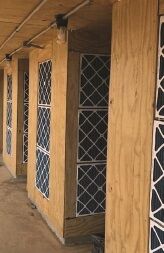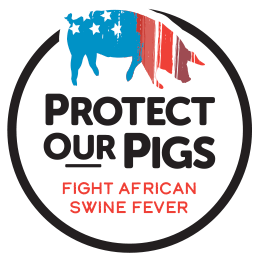Swine producers have used air filtration technology for a decade or more, in an effort to reduce disease outbreaks attributed to airborne disease transmission.
Until recently, however, the industry lacked a publicly available, evidence-based reference that addresses the proper amount of filtration per facility.
“Air Filtration Sizing Worksheet for Swine Facilities” is a new publication and worksheet from Iowa State University Extension and Outreach that walks producers through the process of determining the number and configuration of air filters for a facility, whether new or renovated.
Written by Benjamin Smith, former graduate research student at Iowa State University, and Brett Ramirez, assistant professor in agricultural and biosystems engineering at Iowa State, the publication explains the animal health benefits of good filtration and the way in which buildings should be sized to determine the optimal filtration requirement.
According to Ramirez, most facilities filter the air year-round, and base their filtration requirements on the peak demand season, which in Iowa is summer. Filtration requirements also depend on the number of swine in the facility and the life-stage of the swine.
Over-filtering the air results in unnecessary expenses for filters and labor, while under-filtering can result in a high pressure drop in the ventilation system, while reducing ventilation capacity and effectiveness.
“It’s important to get it right,” said Ramirez. “The publication and worksheet allow producers to enter their own numbers and determine what their needs may be.”
Ramirez said most filtered ventilated systems rely on a primary filter, and a much larger, secondary filter. The primary filter is the one that gets changed most often, usually on an annual basis. The secondary filter is usually changed every three to five years.
For more information, Ramirez can be reached at 515-294-0468 or [email protected].




